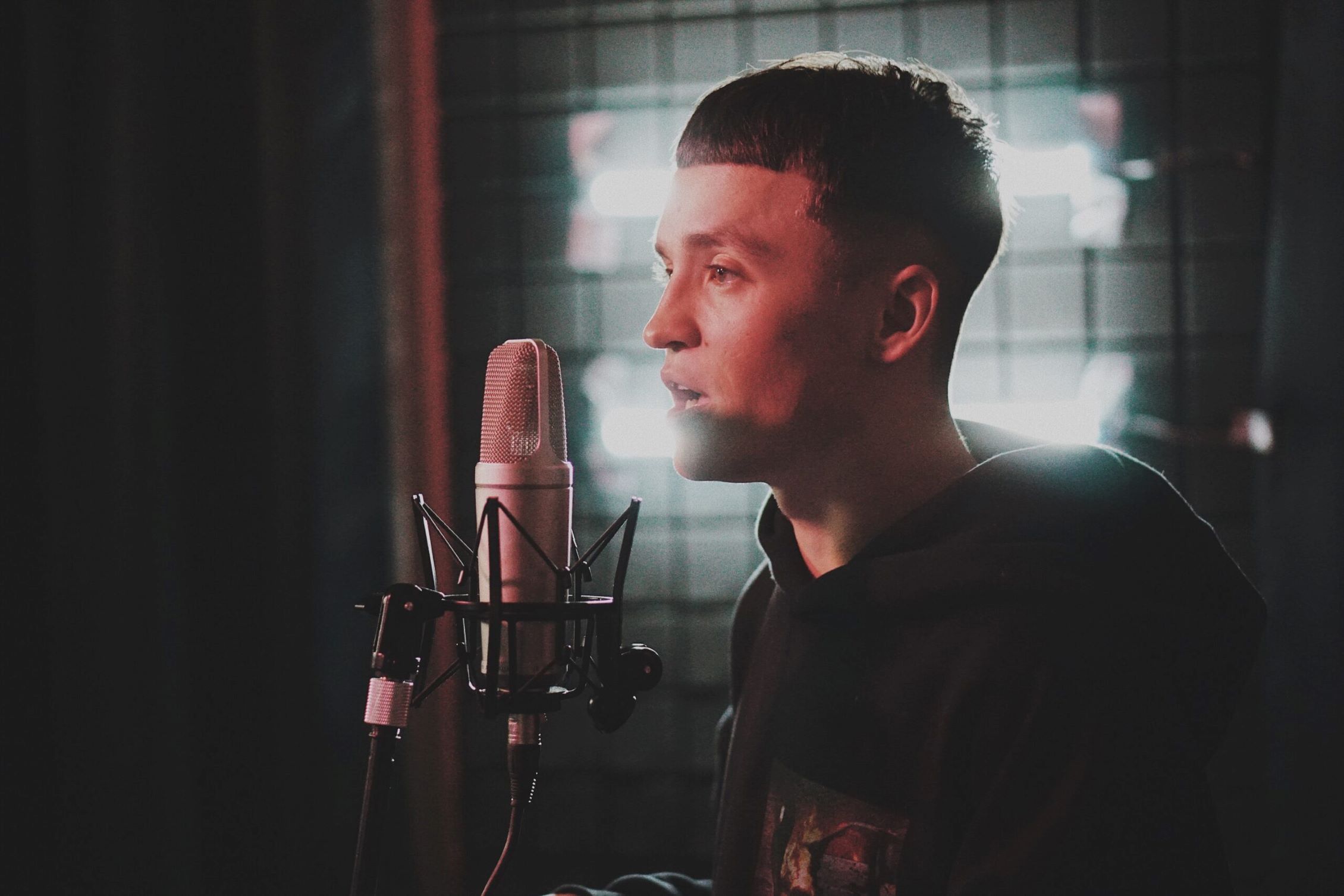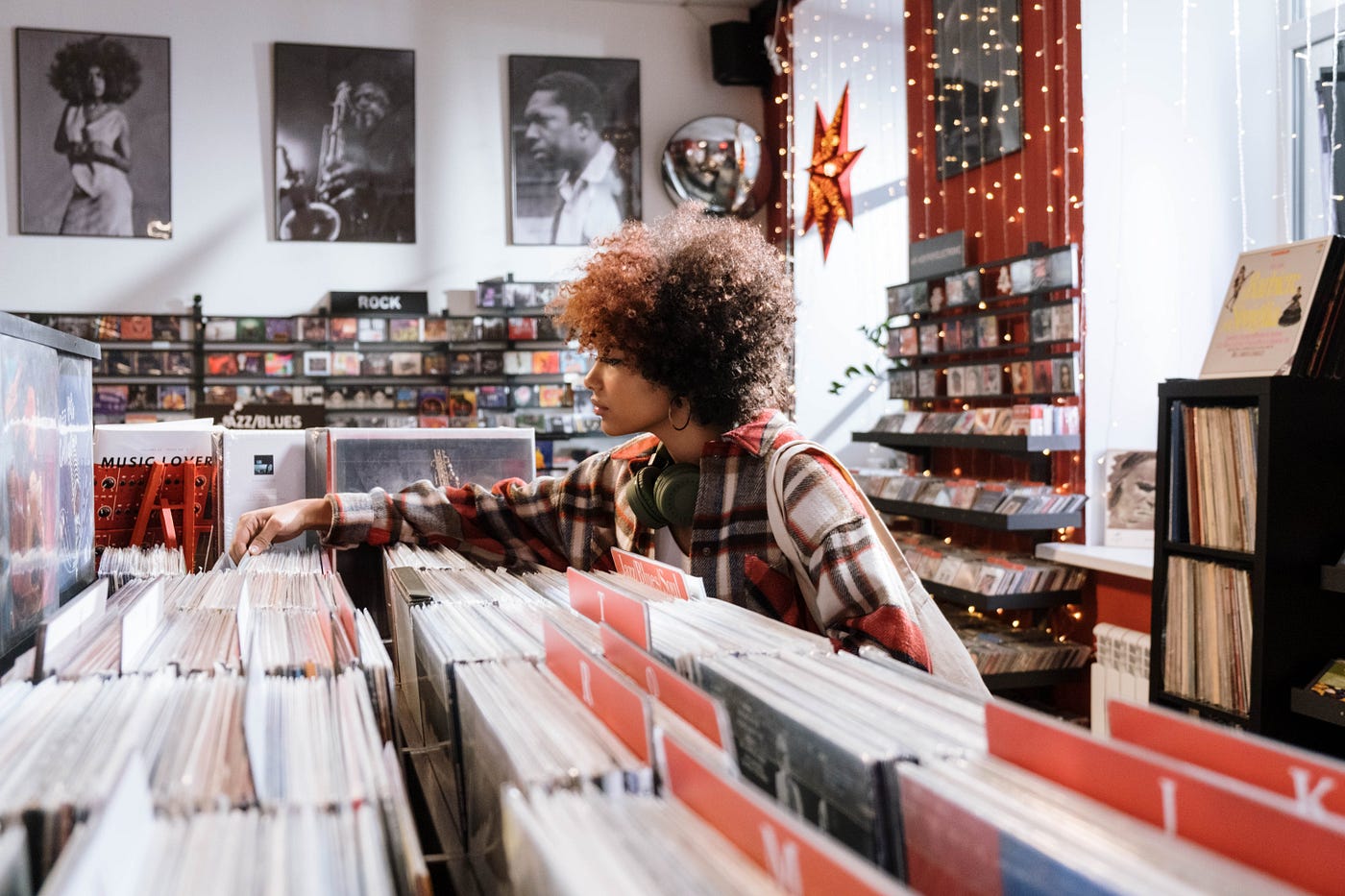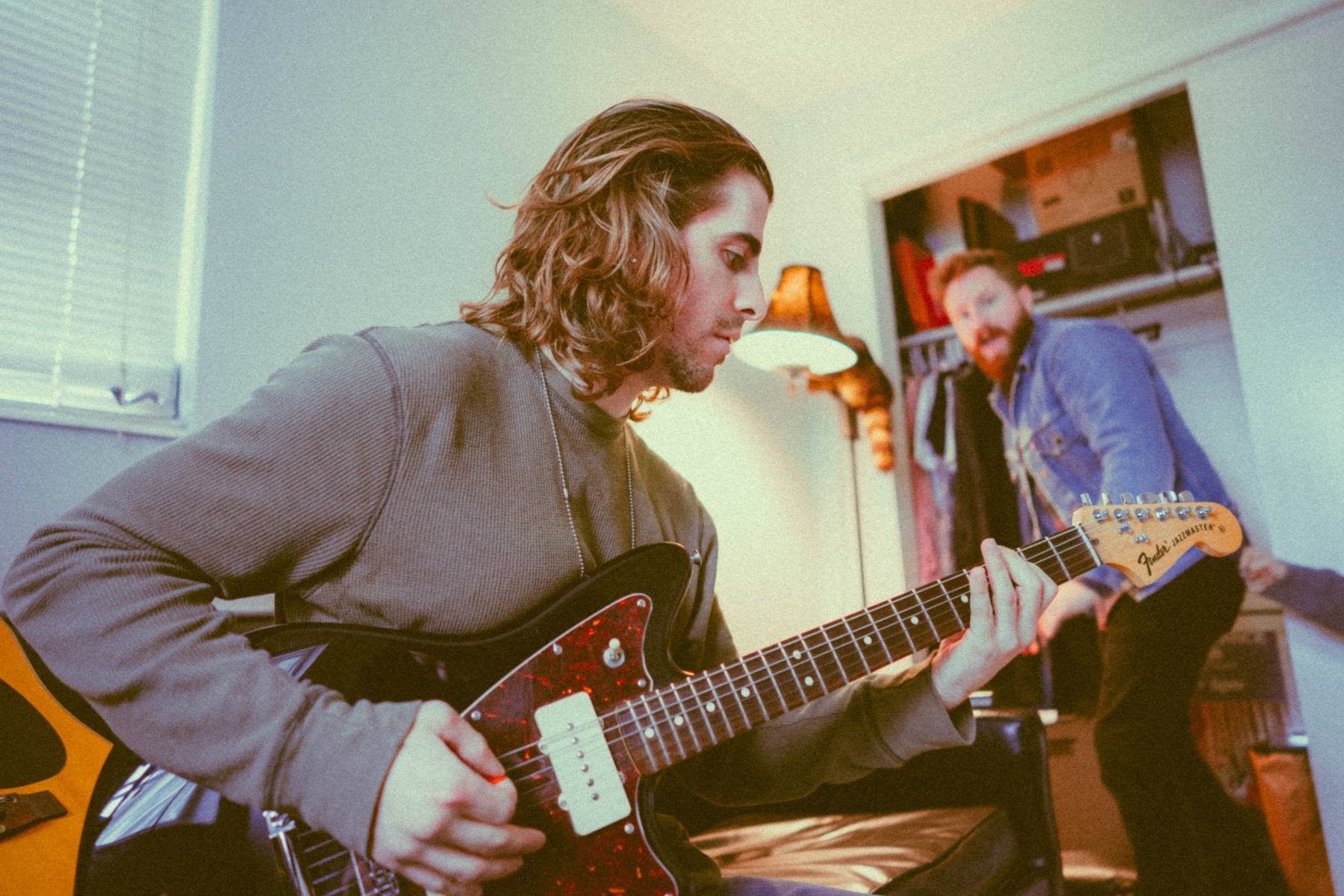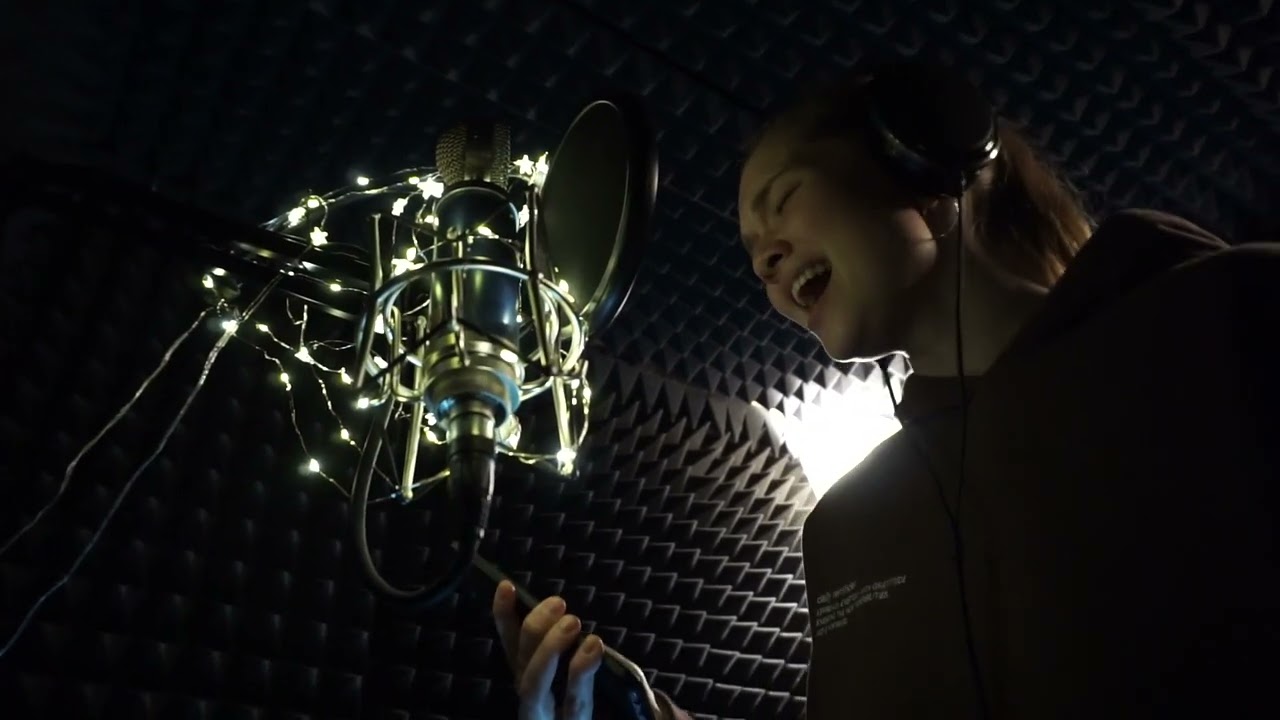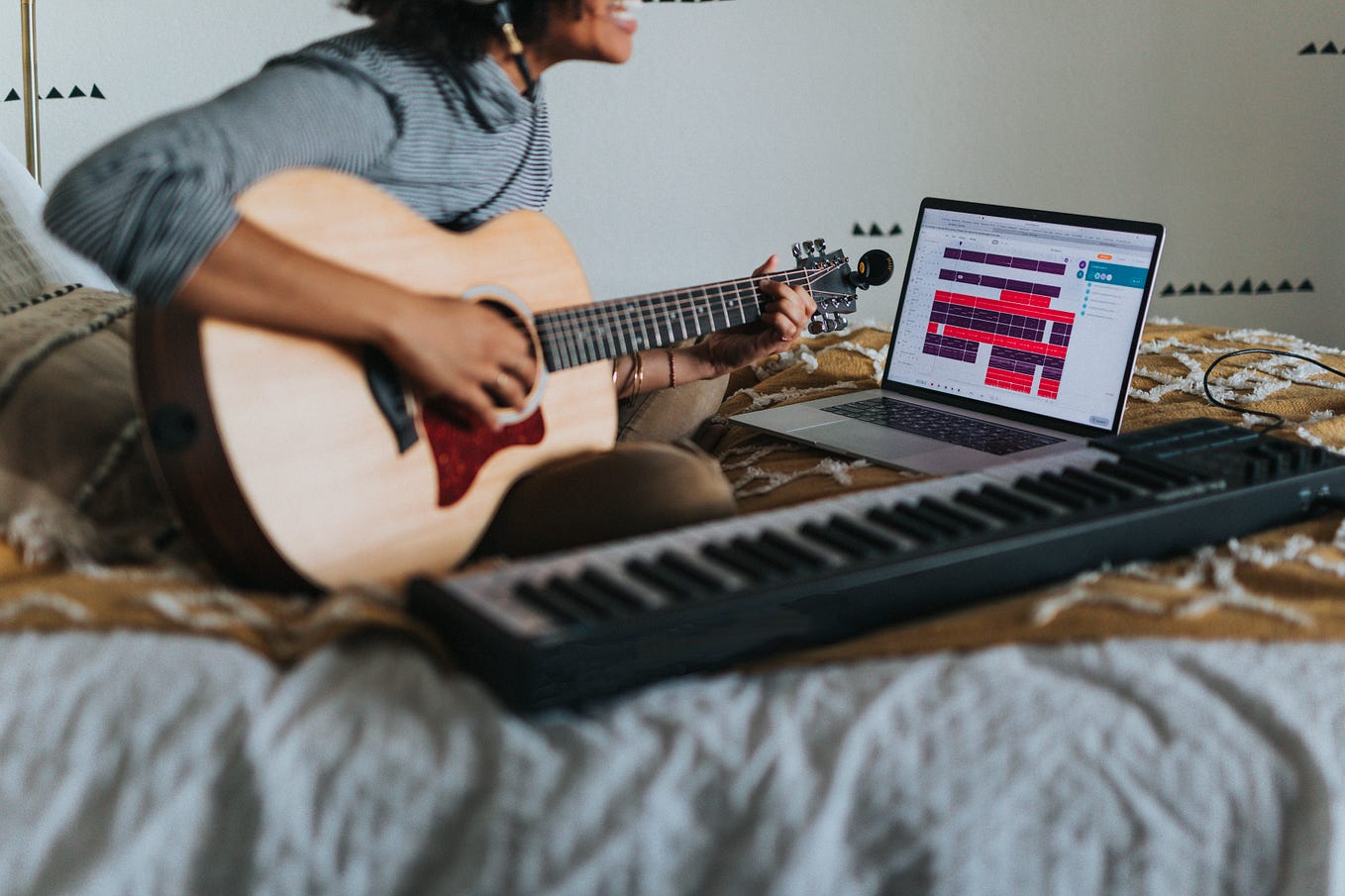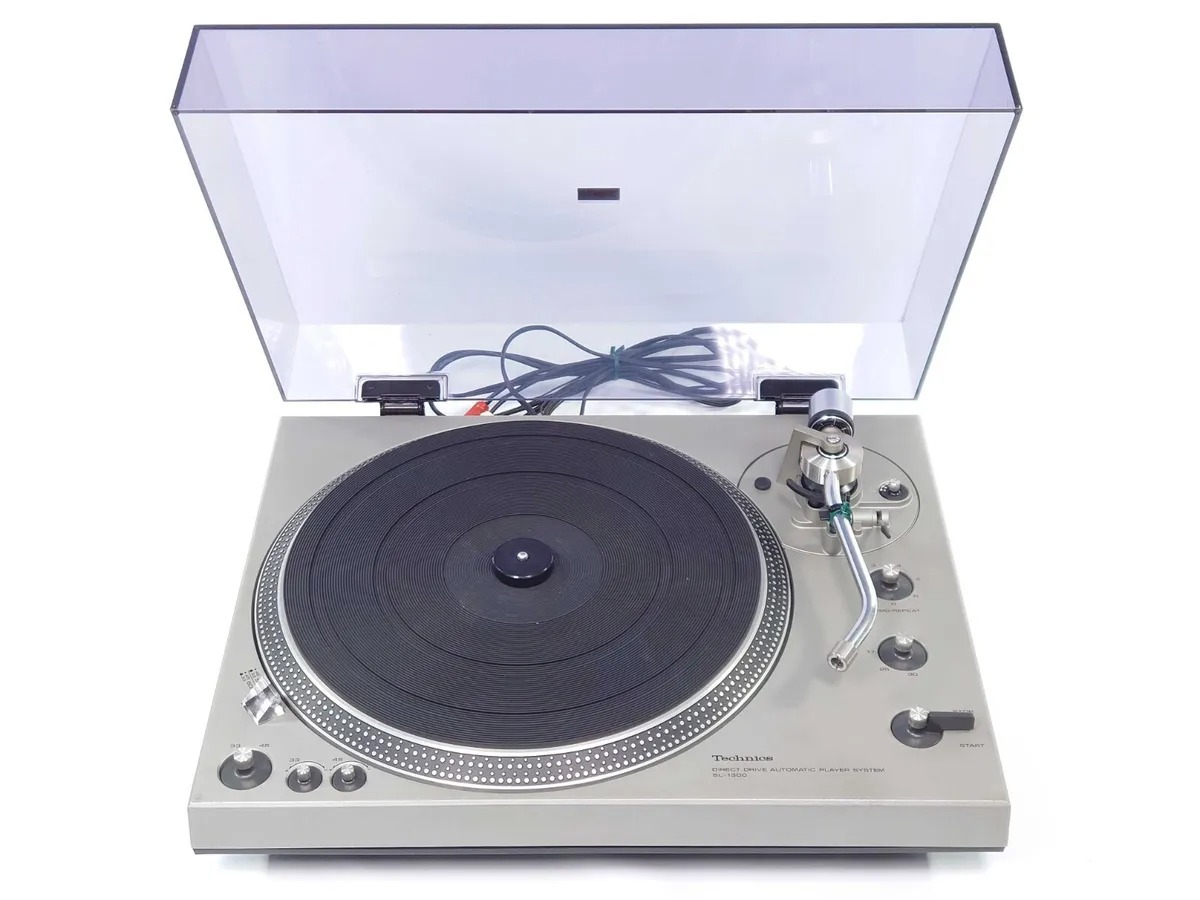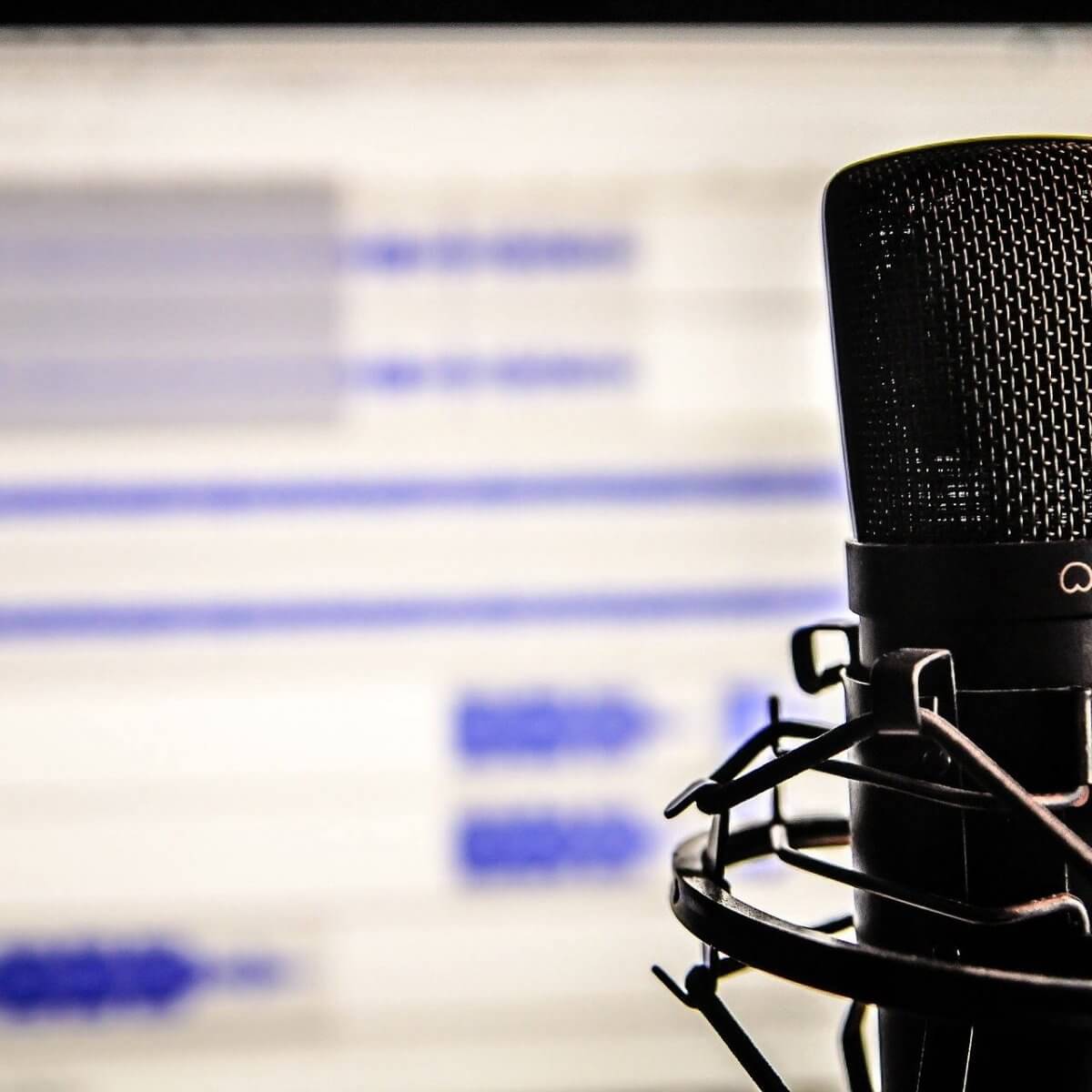Home>Production & Technology>Cover Song>How Much Do I Have To Pay To Record A Cover Song
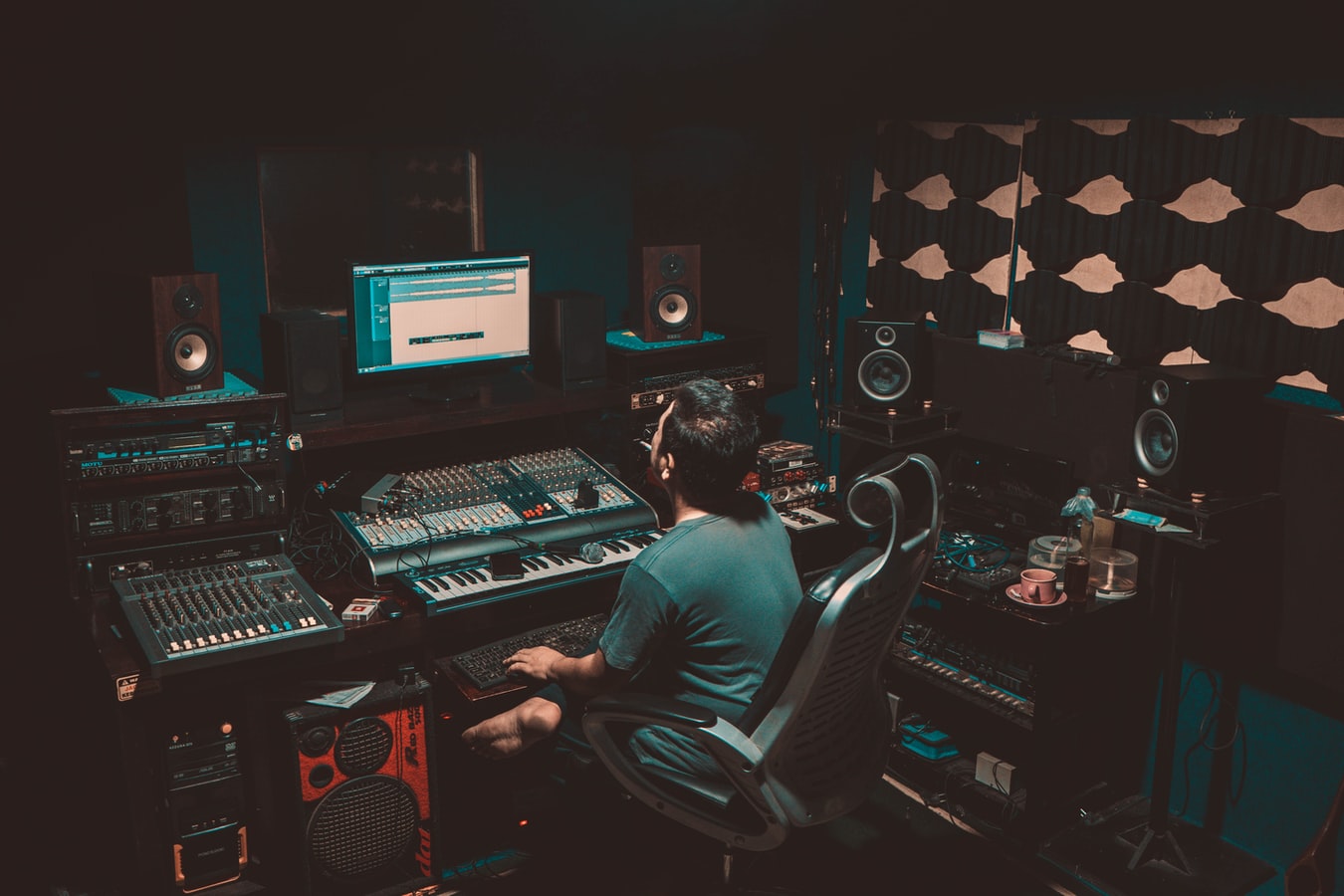

Cover Song
How Much Do I Have To Pay To Record A Cover Song
Modified: January 22, 2024
Discover the cost of recording a cover song and find out how much you need to pay. Uncover the expenses involved in creating your own unique rendition.
(Many of the links in this article redirect to a specific reviewed product. Your purchase of these products through affiliate links helps to generate commission for AudioLover.com, at no extra cost. Learn more)
Table of Contents
Introduction
Have you ever found yourself singing along to your favorite songs, imagining what it would be like to record your own version? If so, you’re not alone. Many musicians and artists are drawn to the idea of recording cover songs, putting their own unique spin on beloved tracks.
However, before delving into the world of cover songs, it’s important to understand the legal implications and costs involved. Copyright laws govern the use of others’ intellectual property, including music. If you want to legally record a cover song, you’ll need to obtain the necessary licenses and pay the required fees.
Fortunately, the process isn’t as complicated as it may seem. In this article, we’ll guide you through the ins and outs of recording a cover song, exploring the costs associated with this endeavor. Whether you’re a budding musician or an experienced artist, understanding the financial aspects of cover song recording can help you plan and budget effectively.
By securing the appropriate licenses and compensating the original songwriters and publishers, you can ethically and legally release your cover songs to the world.
Now, let’s dive into the details of copyright law, licensing, and the costs associated with recording a cover song.
Understanding Copyright Law and Cover Songs
Copyright law exists to protect the rights of creators by granting them exclusive control over their artistic works. This includes music compositions and lyrics. When it comes to cover songs, copyright law requires obtaining permission from the original songwriters or their publishers before recording and releasing a new version.
There are two key elements to consider when it comes to recording cover songs:
- Composition Copyright: This refers to the underlying musical composition and lyrics of a song. The copyright owner holds exclusive rights to reproduce, distribute, and publicly perform the composition.
- Master Recording Copyright: This pertains to a specific recorded version of a song. It is owned by the person or entity who made the recording.
To legally record a cover song, you’ll need to obtain a mechanical license, which grants you the right to reproduce and distribute the composition. The master recording copyright, however, remains with the original recording artist or their record label.
It’s important to note that obtaining a mechanical license does not mean you can use the original sound recording. You’ll need to create your own unique version of the song. A cover song should incorporate your own artistic interpretation and style while respecting the original composition.
Failure to obtain the necessary licenses and permissions can result in legal consequences, including lawsuits and financial penalties. Respect for intellectual property rights is paramount in the music industry, and it’s essential to follow copyright laws to protect both the original artists and yourself.
Now that you have an understanding of copyright law and cover songs, let’s explore how to obtain a mechanical license to legally record your desired cover song.
Obtaining a Mechanical License
Obtaining a mechanical license is a crucial step in recording a cover song. This license grants you the legal rights to reproduce and distribute the composition of a song that someone else has written. Here are a few methods to obtain a mechanical license:
- Through the Harry Fox Agency: The Harry Fox Agency (HFA) is a leading provider of mechanical licenses. They represent numerous music publishers and can issue licenses for a vast catalog of songs. You can visit their website or contact them directly to request a mechanical license for your cover song.
- Through a music licensing service or aggregator: Various music licensing services and aggregators exist, offering a streamlined process for obtaining mechanical licenses. These platforms typically provide a wide range of licensed songs, making it easier for artists to navigate the licensing process.
- Directly from the copyright owner: In some cases, you may be able to contact the copyright owner or the publisher of the original song directly to request a mechanical license. This approach requires research and may involve negotiating licensing terms and fees.
When applying for a mechanical license, you will typically need to provide information about the song you wish to cover, such as the title, songwriter, and copyright owner. You may also need to pay a fee or a royalty rate for each copy or stream of your cover song.
It’s worth mentioning that there are certain limitations to mechanical licenses. They generally cover audio-only recordings and do not extend to music videos or other visual content. If you plan to create a music video for your cover song, you may need to secure additional licenses for the visual elements.
Understanding the process of obtaining a mechanical license is essential to ensure that you’re legally compliant when recording a cover song. By obtaining the necessary license, you can move forward with confidence and peace of mind, knowing that you have the rights to reproduce and distribute your cover version.
Now that you understand how to obtain a mechanical license, let’s delve into the royalties and payments associated with cover songs.
Royalties and Payments for Cover Songs
When recording a cover song, you not only need a mechanical license to legally reproduce and distribute the composition, but you also need to ensure that you properly compensate the original songwriters and publishers. This involves paying royalties for the use of the composition.
The payment structure for cover song royalties can vary depending on different factors, including the region in which the song is being released and the specific agreements in place. Here are a few common royalty types to consider:
- Statutory Mechanical Royalties: In many countries, including the United States, there are statutory rates set by the government for mechanical royalties. These rates are typically calculated based on the number of physical or digital copies sold or streamed.
- Performance Royalties: Performance rights organizations (PROs) collect and distribute performance royalties on behalf of songwriters and publishers for the public performance or broadcast of the composition. This includes radio plays, live performances, and digital streaming. If your cover song receives significant airplay or streams, you may need to obtain performance licenses and pay performance royalties to the original songwriters and publishers or their respective PROs.
- Sync Licensing: If you intend to use your cover song in a film, television show, or commercial, you will need to obtain a sync license. Sync licensing allows the composition to be synchronized with visual content. The fee for a sync license can vary depending on the scope and reach of the project.
Keep in mind that the royalties and payments for cover songs can quickly add up, especially if your cover version becomes popular. It’s essential to budget and plan accordingly, factoring in the potential royalty obligations.
To accurately report and pay royalties, you may need to work with distribution platforms, music licensing services, or PROs. These entities can help ensure that the appropriate royalties are collected and distributed to the original songwriters and publishers.
Now that you have an understanding of the royalties and payments associated with cover songs, let’s explore the factors that can affect the cost of recording a cover song.
Factors Affecting the Cost of Recording a Cover Song
The cost of recording a cover song can vary depending on several factors. Understanding these factors can help you budget and determine the resources you’ll need for your cover song project. Here are some key considerations:
- Studio Costs: The choice of recording studio can significantly impact the overall cost. High-end professional studios may charge higher rates, while smaller home studios or DIY setups can be more budget-friendly. The studio fees typically include the cost of using the recording equipment, engineer services, and mixing and mastering.
- Session Musicians: If you require professional musicians to perform instruments or provide backing vocals for your cover song, you’ll need to consider the cost of hiring session musicians. The fees can vary based on their experience, skill level, and the amount of time they spend in the studio.
- Production and Arrangement: Depending on the complexity of your cover song arrangement, you may need assistance from a producer or arranger. Their expertise can elevate the quality of your recording, but it comes at an additional cost. Discuss your production and arrangement needs during the planning phase to ensure you allocate the necessary budget.
- Studio Time: The amount of time spent in the studio can affect the cost. Longer recording sessions and multiple takes can increase the overall expenses. Properly planning and rehearsing your cover song before entering the studio can help minimize both the time spent and the financial implications.
- Mixing and Mastering: Once the recording is complete, the songs need to be mixed and mastered to achieve a polished and professional sound. The cost of hiring a mixing and mastering engineer should be factored into your budget.
- Promotion and Distribution: Promoting your cover song and making it available on digital platforms may involve additional costs. This could include marketing, advertising, and distribution fees. Consider the channels you want to utilize for releasing and promoting your cover song, and allocate resources accordingly.
Keep in mind that these factors are not mutually exclusive, and the costs can vary depending on your specific project requirements. It is essential to plan your cover song recording budget carefully to avoid any unexpected financial burdens.
Now that we’ve explored the factors that can affect the cost of recording a cover song, let’s compare the expenses of DIY recording versus professional recording.
DIY Recording vs. Professional Recording Costs
When it comes to recording a cover song, you have the option to either take a do-it-yourself (DIY) approach or enlist the services of professional recording studios and engineers. Each option has its own benefits and considerations, including the associated costs.
DIY Recording:
Recording a cover song DIY-style can be a cost-effective approach, especially if you have access to recording equipment and software. Here are some cost considerations when taking the DIY route:
- Equipment: You’ll need to invest in recording equipment, such as microphones, audio interfaces, and studio monitors. While DIY equipment can be affordable, it’s important to ensure that the quality is sufficient to achieve a professional sound.
- Software: Utilizing digital audio workstations (DAWs) is essential for recording, editing, and mixing your cover song. There are free or affordable options available, but more advanced software may require a purchase or subscription.
- Learning Curve: DIY recording requires learning the necessary skills to operate the equipment and software effectively. While this can be time-consuming, it can also be a valuable learning experience if you plan on recording more cover songs in the future.
- Time and Commitment: Taking the DIY route often means dedicating more time to the recording process, as you’ll be responsible for every aspect. This can impact the overall timeline and potentially extend the project duration.
Professional Recording:
If you prefer a more hands-off approach or desire a higher level of quality, professional recording may be the ideal choice. Here are some considerations for professional recording costs:
- Studio Fees: Professional recording studios charge fees based on the amount of time spent in the facility. These fees typically include equipment usage, engineer services, and access to a controlled acoustic environment.
- Session Musicians: If you require session musicians, their fees will be an additional cost. Professional studios often have a network of talented musicians they can recommend and hire on your behalf.
- Production and Mixing: Working with a producer or mixing engineer can elevate the overall quality of your cover song. Their expertise comes at a cost, so be sure to allocate a budget for their services.
- Mastering: Professional mastering ensures that your cover song has an optimized and polished sound for various playback mediums. Mastering engineers charge fees based on the number of tracks or songs.
- Promotion and Distribution: Depending on your goals, you may want to invest in marketing and distribution services to maximize the reach of your cover song. These services often involve additional costs.
Ultimately, the decision between DIY recording and professional recording depends on your budget, desired level of quality, and personal preferences. Consider your resources, goals, and the complexity of your cover song arrangement when making this decision.
Now, let’s explore some additional expenses to consider when recording a cover song.
Additional Expenses to Consider
When budgeting for recording a cover song, it’s important to consider additional expenses that may arise during the process. These expenses can vary depending on your specific needs and goals. Here are some additional costs to keep in mind:
- Sheet Music or Transcription: If you’re not familiar with reading sheet music or transcribing by ear, you may need to purchase sheet music or hire a professional transcriber to help you accurately recreate the original composition.
- Artwork and Design: Creating eye-catching artwork or cover design for your single or album can add an extra layer of professionalism to your cover song. You may need to hire a graphic designer or invest in design software if you plan to create the artwork yourself.
- Photography and Videography: If you want to create promotional materials or a music video for your cover song, the cost of hiring a photographer or videographer should be factored into your budget. Alternatively, you can invest in camera equipment and learn the basics of photography or videography yourself.
- Physical Distribution: If you plan on releasing physical copies of your cover song, such as CDs or vinyl records, you’ll need to consider the cost of production, packaging, and shipping.
- Copyright Registration: While copyright protection is automatic upon creation, some artists choose to register their original recordings with the appropriate copyright office. This involves a fee that varies depending on your location.
- Marketing and Promotion: Promoting your cover song can involve expenses such as online advertising, social media management tools, PR services, and hiring a publicist. Creating a marketing strategy and budget can help you effectively reach your target audience.
It’s important to carefully consider these additional expenses and allocate funds accordingly. Creating a detailed budget plan for your cover song recording will help you stay on track and avoid any unexpected financial burdens.
Now that we’ve explored the various costs associated with recording a cover song, let’s discuss some tips to minimize expenses without compromising on quality.
Tips for Minimizing Costs
Recording a cover song doesn’t have to break the bank. With some strategic planning and cost-saving measures, you can minimize expenses while still achieving a high-quality recording. Here are some tips to help you keep costs down:
- Choose Your Songs Wisely: Selecting songs with simpler arrangements can save you time and money in the recording process. Complex arrangements may require more studio time and additional musicians, increasing the overall cost.
- Utilize Home Recording: If you have access to decent recording equipment and software, consider recording some or all parts of your cover song at home. This can help reduce studio fees and allow for more flexible recording sessions.
- Collaborate with Local Musicians: Instead of hiring session musicians, reach out to local musicians who may be interested in participating in your cover song project. Building connections within your local music community can lead to cost-saving collaborations.
- DIY Mixing and Mastering: If you have some basic knowledge of audio mixing and access to mixing software, consider learning to mix and master your cover song yourself. There are numerous online resources and tutorials available to help you develop these skills.
- Network and Trade Services: Consider bartering or trading services with other musicians or professionals in the music industry. For example, if you have graphic design skills, you could design album artwork in exchange for someone providing instrumental or vocal recording assistance.
- Prioritize Essential Expenses: Identify the key areas where you want to allocate your budget, such as studio time or professional mastering. Cut back on less critical expenses, such as physical distribution or elaborate promotional materials, if necessary.
- Use Free or Affordable Promotion Channels: Take advantage of social media platforms, streaming services, and free music promotion websites to gain exposure for your cover song. Utilize organic online marketing techniques before investing in paid advertising.
- Practice Efficient Recording: Prepare and rehearse your cover song thoroughly before entering the recording studio. This can help minimize studio time, reduce the number of takes required, and ultimately save you money.
By implementing these cost-saving tips, you can make the most of your budget while still delivering a compelling and high-quality cover song recording.
Before we conclude, let’s summarize the key points we’ve covered throughout this article.
Conclusion
Recording a cover song can be a fulfilling and rewarding creative endeavor. However, it’s important to navigate the legal and financial aspects to ensure a smooth and ethical process. By understanding copyright law, obtaining the necessary licenses, and compensating the original songwriters and publishers, you can record cover songs without infringing on intellectual property rights.
When it comes to the costs associated with recording cover songs, it’s essential to consider factors such as studio fees, session musicians, production and arrangement, mixing and mastering, and promotion expenses. Budgeting and careful planning can help you manage these costs effectively.
Whether you choose a DIY recording approach or enlist the services of professionals, each option has its own advantages and considerations. Assess your budget, goals, and desired level of quality to determine the most suitable path for your cover song project.
In addition, there are various ways to minimize costs, such as selecting simpler songs, utilizing home recording, collaborating with local musicians, and learning basic mixing and mastering skills. Prioritizing essential expenses and exploring cost-saving opportunities can help you achieve a high-quality recording within your budget.
Remember, recording cover songs is a creative expression that pays homage to the original artists while showcasing your unique interpretation. As you embark on your cover song journey, make sure to respect copyright laws, compensate the original creators, and bring your own artistic flair to each recording.
Now that you have a comprehensive understanding of the legal aspects, costs, and tips for recording cover songs, you’re ready to embark on this exciting musical journey. Get ready to captivate listeners with your own inspired versions of beloved songs, while staying true to the spirit of creativity and artistic integrity.


